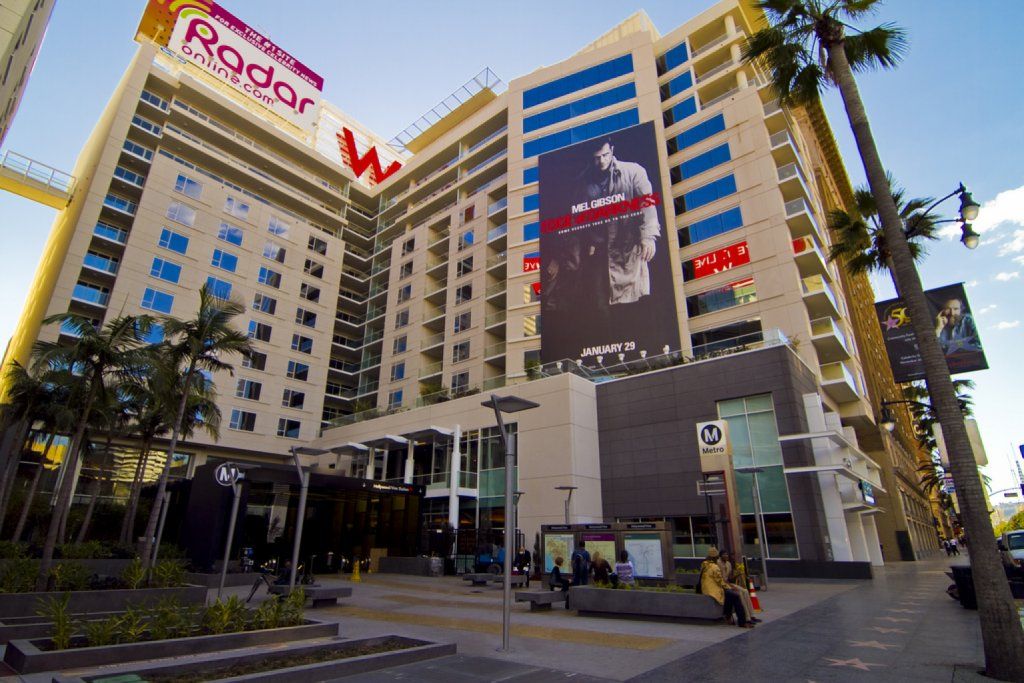What’s Fueling the Trend Toward Transit-Oriented Retail Locations

As the landscape seems to shift beneath the feet of retail, developers are finding innovative ways to bring consumers and retail together. An idea that is gathering momentum in many cities is what’s known as Transit-Oriented Development.
In order to put retail where the customers are, developers are targeting travel hubs, like airports or railway terminals. These locations can support retail as well as restaurants, boutiques, and professional services. In effect, many transit stations are being transformed into destinations, where people can shop, dine, socialize, and take care of business.
According to the TOD Institute, there are several factors driving this trend, including:
-Rapidly growing, mind-numbing traffic congestion nation-wide
-Growing distaste for suburbia and fry-pit strip development
-Growing desire for quality urban lifestyle
-Growing desire for more walkable lifestyles away from traffic
-Changes in family structures: more singles, empty-nesters, etc
-Growing national support for Smart Growth
-New focus of Federal policy
The Institute touts a variety of benefits to this sort of development, for consumers as well as business and municipalities, including more transit use (and less traffic), higher property values, a healthier lifestyle and less tendency toward sprawl.
The Urban Land Institute also makes note of the trend, and emphasizes the importance of city rail systems. According to Senior Fellow Robert Dunphy, “Transit Oriented Development as an approach to combat traffic congestion and protect the environment has caught on all across the country. The trick for real estate developers has always been identifying the hot transportation system. Today, highways are out; urban transit systems are in.”
So transit-oriented retail is targeting the train rather than the highway. Increased concerns over traffic-choked commuting are encouraging many potential customers to head for the trains as well.
Demographic shifts are also contributing to the rise in TOD. The millennial generation shows a preference for living and working in urban centers. Less reliance on cars is a goal for many in this environmentally conscious demographic.
Another trend in transit-oriented retail is to incorporate businesses into this sort of destination-style transit hub. This enables people to make fewer trips. The mixed-use environment is key. In this way, the customer base extends beyond the commuter and includes neighborhood residents and others who can be attracted during the weekday and on nights and weekends.
There are examples of TOD appearing in nearly every major city. A large-scale example of transit-oriented retail development is at the World Trade Center station in New York. The station’s massive main hall recently opened after 12 years in construction. Plans include the incorporation of hundreds of retail outlets and dining, surrounding the busy terminal. Washington DC’s NoMa station has recently seen $3 billion in new development, and light rail stations in Portland, OR have seen around $10 billion invested in TOD.
Transit-Oriented Retail is really a natural extension of the urbanization we’ve seen for the last decade. As transit improvements are made and use grows, the transit-oriented location will offer greater opportunities for retail.
A Trusted Guide in Commercial Real Estate
Coldwell Banker Commercial® provides Commercial Real Estate Services from Property Sales and Leases, to Property Management. Learn how our expansive network of Independently Owned and Operated Affiliates and Real Estate Professionals use their in-depth knowledge of the local market and industry trends to help businesses and investors navigate the complexities of the commercial real estate landscape.






